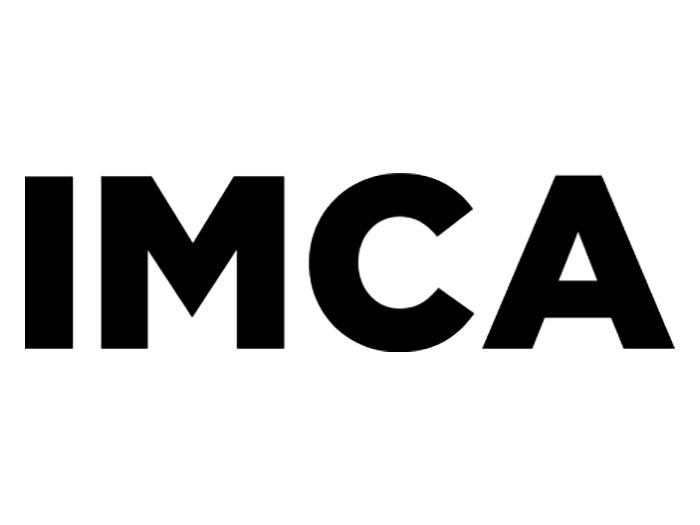Is Workers’ Comp Ready for Medical and Technological Evolution? It Better Be
The COVID-19 response has poured unprecedented focus and energy into medical innovation. Technology and care methods that seemed years from widespread adoption are becoming new realities.
In workers’ compensation, we have known there are revolutions coming, and we shouldn’t ignore the opportunities to better support injured workers that could reap benefits well into the future.
One of the major forces enabling this pace of change is the convergence of technology. For example, Bill Gates is funding a manufacturing platform that cut vaccine production time from 18 to 12 months due to advances in genetic tech and mass production.
The vast deployment of telemedicine and telerehab we have witnessed is possible because of medical technology and converging information technology.
When technology shifts enable each other, the impossible can become possible faster than we could imagine.
When the new normal for workers’ comp becomes clearer, we think the true transformation in assisting injured workers will come from a convergence like this — between medical technology on one hand and artificial intelligence on the other.
As COVID-19 has shown, shifts we thought might take 10 or 15 years may not be so far off. The challenge for workers’ comp is to leverage this opportunity to make a difference to injured worker outcomes.
In the medical tech revolution, we’ve seen CRISPR, genetic editing tools, reversing genetic illnesses, 3D-printing of replacement joints and artificial limbs, and robot-assisted surgery.
We’re seeing promising research on rapid diagnostic tests, contact lenses that project augmented reality directly onto the retina, and all-in-one devices that are hard to distinguish from a Star Trek medical tricorder.
The insurance and health care industries have long collected vast data sets on occupational injuries.
We have used this data to improve our services and outcomes, whether it’s integrating CDC guidelines into data-driven models to avoid unnecessary opioid use and recommend alternative treatment, pulling weather data into workers’ comp databases to enable early prescription refills or direct payment deposits for those affected by hurricanes, or tracking the early signs of psychosocial challenges getting back to work to make sure we provide the resources to help the whole person.
Still, enormous potential remains to be unlocked. With AI, machine learning and plain language text analysis, we can dig deeper into huge commercial data sets to evaluate new possibilities and achieve better real-world outcomes.
We must never forget our duty to injured workers to balance our eagerness for new medical tech with a focus on achieving better real-world outcomes, and that’s where convergence can be so powerful.
With better evidence on the impact of treatments, we can prove the value of game-changers and overcome yesterday’s resigned thinking of, “Well, that’s the way it is.”
We could discover new understanding of successful recovery, return-to-work and case management, and deploy the new medical technologies that make it possible. Once we understand the best treatments and approaches for injured workers, along with best claim handling practices, our industry can invest in the future with confidence.
That’s why, despite current difficulties and immediate demands, we see this as a time for ongoing future thinking for workers’ comp. We all want quality of care and what’s best for injured workers. &










